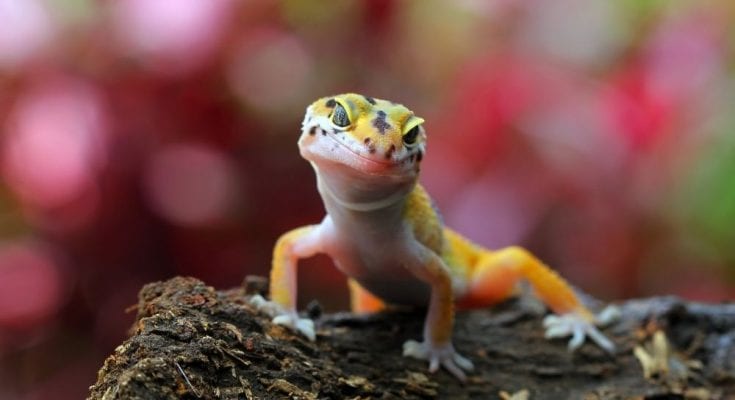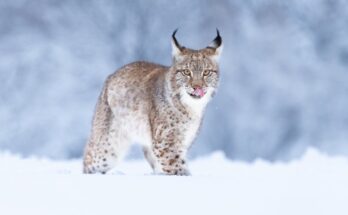What separates man from beast? Well, for one thing, eyesight. All living things have dramatically diverse visual abilities. Some have multiples eyes; some have many receptor cones and others have none; some can see in the dark. Here are a few examples of how animals see color differently than humans.
Mantis Shrimp
They may not get a lot of the glory, but mantis shrimp have one very cool claim to fame: They see more colors than any other animal. Humans, for instance, have 3 color-receptive cones to process the rainbow, while mantis shrimp have 16. We can’t even conceptualize the colors they experience—at least 10 times more than we can, which is in the millions. They can see in polarized, infrared, and ultraviolet light. And one more bonus: Their eyes are actually on separate stalks that can see in two directions at once.
Butterflies
These delicate creatures have eyes that are some of the most complex in the animal kingdom. Most butterflies have around 6 sets of cones in their eyes, while one species—the Japanese yellow swallowtail—has 15 different photoreceptors that react to specific wavelengths of light. They have UV sensitivity that we don’t and, in a way, can see “between colors” that we can’t. Butterflies have other visual advantages, too: Their fields of vision are more extensive than ours, and they’re better at perceiving fast-moving objects.
Geckos
While cones are responsible for color, rods are responsible for vision at low light levels. Sadly, geckos weren’t blessed with any rods at all. Instead, their cones have evolved to compensate by becoming longer and more sensitive—more like rods. As such, these animals can see color differently than humans in one significant way: They see color at night when things go gray for us. Geckos’ eyes are up to 350 times more responsive to color at night than ours. That’s not their only superpower, either. Geckos can shed and regrow their tails and walk up walls, too.
Coyotes
The population of these wild predators is growing out of control because they outwit and outlast efforts to cull their numbers. They survive because they have an excellent sense of smell, can run about 40 miles per hour, procreate nonstop, and will eat anything. They also have superior vision to that of their enemies—their peripheral view alone covers about 260 degrees. Coyotes’ one weakness? They’re mostly color-blind, so when hunters want to keep coyotes from ravaging farms and killing baby deer, they track them at night. When they use a red light, the coyotes can’t see them coming.
Additional Resources:
Dolphins
Jaguars
Tigers
Tarsiers
Horse
Dog
Cat
Pelicans



